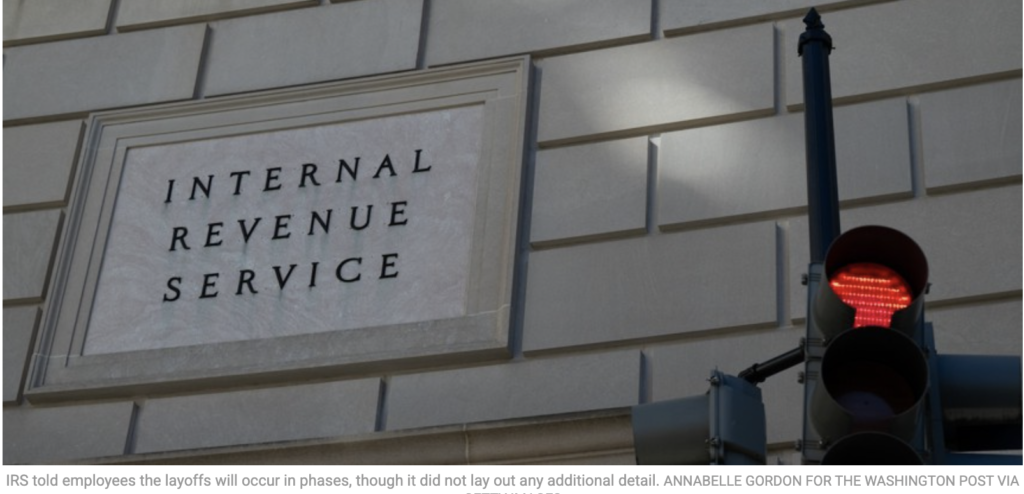Meta Description: Explore the IRS’s recent RIF notices, detailing the reasons behind widespread layoffs, employee impact, operational changes, and taxpayer implications. Stay informed with expert analysis.

IRS Begins Workforce Reduction: RIF Notices Signal Start of Major Layoffs
The Internal Revenue Service (IRS) has initiated a significant workforce restructuring, issuing Reduction in Force (RIF) notices to employees as part of widespread layoffs. This development, driven by budgetary and operational shifts, has sparked concerns about the agency’s efficiency and the well-being of its staff. Below, we analyze the causes, immediate effects, and long-term consequences of this decision.
Understanding RIF Notices
A Reduction in Force (RIF) occurs when federal agencies eliminate positions due to budget cuts, reorganization, or policy changes. Unlike temporary furloughs, RIFs are permanent, requiring agencies to follow strict protocols, including advance notices and reassignment opportunities for affected employees.
Why Is the IRS Implementing Layoffs?
- Budget Constraints: Recent congressional appropriations have limited the IRS’s funding, forcing tough decisions to align staffing with fiscal realities.
- Technology Modernization: Investments in automation and digital systems aim to streamline operations, reducing reliance on manual roles.
- Post-Pandemic Adjustments: After temporary hiring surges during COVID-19 relief efforts, the IRS is scaling back to pre-pandemic levels.
- Policy Priorities: Shifts in federal tax enforcement strategies may reallocate resources toward high-income audits and cybersecurity.
Scale of the Layoffs
While exact figures remain undisclosed, reports suggest thousands of roles—particularly in administrative, customer service, and processing departments—are at risk. The phased layoffs are expected to unfold over several months, with seniority and performance influencing retention.
Employee and Operational Impact
- Affected Staff: Employees face uncertain futures, with some eligible for severance, early retirement, or federal reassignment. Advocacy groups warn of financial instability and mental health challenges.
- Taxpayer Services: Critics fear delays in refund processing, audit timelines, and helpline responsiveness, especially during peak filing seasons.
- Union Response: The National Treasury Employees Union (NTEU) has criticized the move, urging Congress to reconsider funding cuts to preserve service quality.
Broader Implications
- Workforce Morale: Remaining employees may experience increased workloads and stress, potentially affecting productivity.
- Public Trust: Perceptions of IRS efficiency could influence taxpayer compliance and satisfaction.
- Future Hiring: The agency might prioritize tech-savvy roles, aligning with long-term modernization goals.
Looking Ahead
The IRS maintains that these changes will enhance operational agility, though outcomes depend on effective transition management. Lawmakers are divided, with some advocating for reinvestment in human capital to balance automation.
Conclusion
The IRS’s RIF notices underscore a pivotal moment in federal workforce management. While aimed at fostering a leaner, tech-driven future, the human and operational costs remain significant. Stakeholders, from employees to taxpayers, will closely monitor how these layoffs reshape the agency’s ability to meet its mandate.
RIF watch: See which agencies are laying off federal workers
Pingback: PM Modi’s Sri Lanka Visit: Strategic, Economic, and Cultural